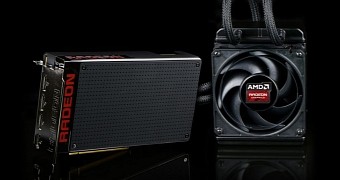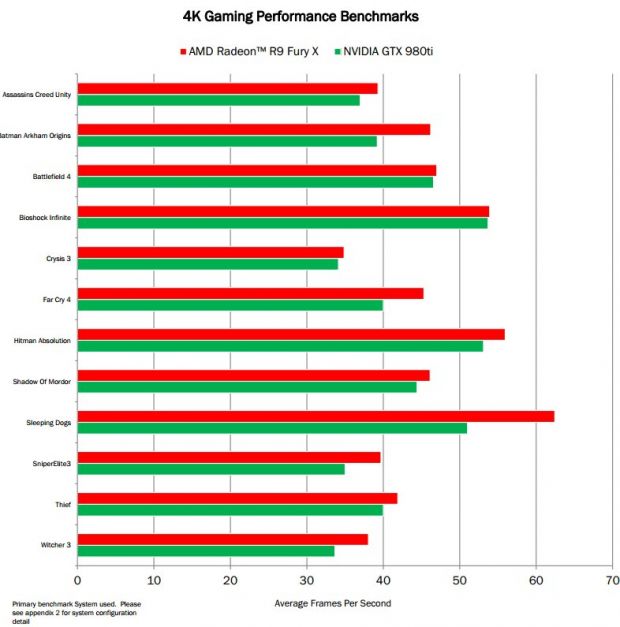Since the launch of the new Fiji GPU during AMDs E3 conference, people became excited on how it would perform against its main rivals, the newly launched Titan X and GTX 980Ti from Nvidia.
Now, the embargo lifted by AMD will help us get a much more precise view on what happens under the hood of the Fury and how it will perform against what is now considered the best cards on the market.
As it has been widely advertised until now, the new Fiji GPU will come with a new and quite revolutionary memory stacking called HBM, or High-Bandwidth Memory. The new GPU and its HBM will be spread among three card models, Fury X, Fury AC and Fury Nano who differ slightly based on their cooling system and PCB size.
Devil is in the details
However, a closer look on the new GPU will reveal interesting details, some of which surprise the enthusiasts while others, not so much. The Fiji is actually an ex Tonga die from the older R9 290X video card, and this is where similarities end. Fiji's footprint is actually larger than that of the older Hawaii GPU, 596 mm² compared to Hawaii's 438 mm² but it manages to justify that size through a massive interpose of 1011 mm² that holds four 256 MB dies stacked directly on the logic die.
Operating at much lower clock rates than the GDDR, at only 500 MHz, but accessing a large 4096-bit bus, it manages to save speed and power consumption thanks to an overall design of module proximity. As a result, the top-tier Fiji is capable of 512 GB/s of bandwidth which is 60% higher than R9 290X.
Inside the Fiji's 596 mm² die are 64 compute units with a combined total of 4096 Stream processors and 256 texture units. The GPU is clocked at 1050MHz and capable of up to 8.6 TFLOPS of single-precision compute power.
However, vendor benchmarks shown by Extreme Tech suggests that the Fury actually goes neck in neck with Nvidia's latest products in 4K resolutions, and keeping in mind that Fiji is a giant-sized implementation of the already well-known GCN architecture, it doesn't really come as a surprise. Yet, it is best to keep in mind that some benchmarks are heavily staged on perfect conditions, just to prove a point.
Nonetheless, we must not forget that this isn't AMD's last ace in the sleeve, as the mysterious dual GPU PCB inside Project Quantum is still unnamed and un-tested, and if it'll ever be ported to consumer PCs, it will most certainly put some pressure on Nvidia.

 14 DAY TRIAL //
14 DAY TRIAL // 

